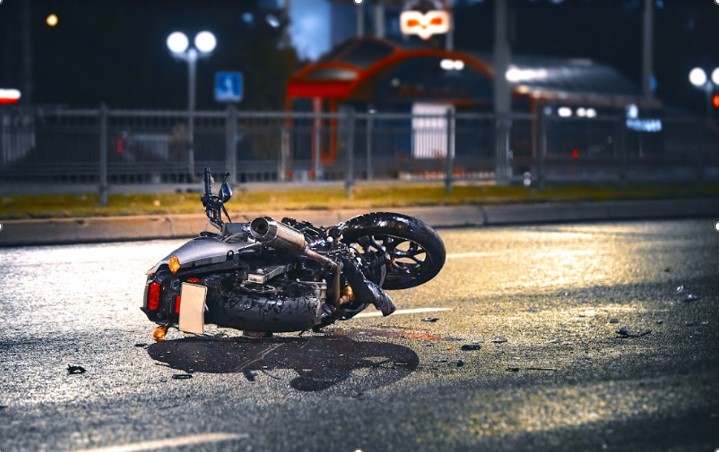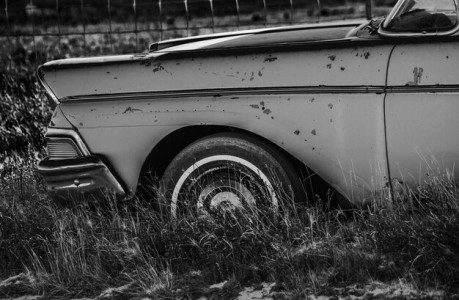Defensive Driving For Motorcyclists: A Compact Guide

Riding a motorcycle can be exhilarating, but it also comes with unique risks. All motorcyclists should learn to drive more defensively to stay safe and avoid accidents.
To help you as a rider get off to a good start, this article will explore the risks involved in riding motorized bikes and how defensive driving techniques and other precautionary measures can reduce said risks. By following these tips on how to defend yourself from potential hazards, you will become a responsible biker who enjoys riding without worrying about unnecessary risks or dangers.
Common Motorcycle Accidents And How To Avoid Them
Riding a motorbike is like dancing in the wind but can easily end in tragedy. According to Statista.com, 5,715 motorcyclists were killed in crashes in the United States in 2020. It is an alarming figure. That is why you should know which factors lead to more motorcycle crashes than the others. The following are the most common types of motorcycle accidents, as well as tips on how to avoid them.
- Rear-End Collisions
One way to prevent this kind of crash is by looking at your mirrors frequently so you know who’s driving behind you. Always leave plenty of room between you and the car in front of you—you never know when someone might make an unexpected stop or swerve without warning.
Additionally, brake gently, and use turn signals when necessary, if not all the time, to give others sufficient time to react appropriately.
- Lane-Splitting Crashes
Another frequent cause of motorcycle crashes is lane splitting: riding between two lanes of traffic at highway speeds.
This practice makes it easy for cars around you not to see what’s happening ahead. Lane splitting is legal only in California. If you must split lanes, proceed with caution and look out for sudden stops or turns from those around you. Furthermore, ensure that any lane splitting is done according to state laws.
Always wear protective gear, such as gloves and helmets. They can help reduce the severity of injuries should an accident occur.
By being savvy about these types of potential risks of being on the road, you can stay alert. Remember that awareness has no substitute—it’s essential for staying safe on two wheels!
Guidelines For Driving More Defensively
It’s crucial to remember defensive driving when riding a motorcycle. Here are some key points on how to drive defensively:
- Maintain an appropriate speed for road conditions and traffic flow. Don’t go over the speed limit or try to race other drivers.
- Drive in the right lane whenever possible and use extra caution when changing lanes since motorcycles can be harder to see than cars.
- Be aware of what’s happening around you at all times. Look out for pedestrians and other vehicles that may not have seen you.
- Always signal your intentions clearly with hand signals or blinkers so other drivers know where you’re headed.
- Always assume that people don’t see you even if they should have been paying attention— it could save your life!
- Give yourself time and space to react by keeping a safe distance from other vehicles around you. This will create more opportunities for evasive maneuvers if needed.
- Ensure your brakes are working well, and practice braking drills regularly to react quickly in emergencies.
- Never drink alcohol before getting behind the wheel of any vehicle, especially a motorcycle. Alcohol can slow reaction times and degrade motor skills, which can make driving dangerous.
With these guidelines in mind, every rider can stay safe while enjoying their ride!
Benefits Of Defensive Driving
The rewards of defensive driving can be bountiful, like a pot of gold at the end of a rainbow. Defensive drivers are not just more aware of the road and able to anticipate potential dangers but also benefit from lower insurance premiums.
By taking extra care with their driving, motorcyclists help ensure that everyone else is safe, too—something no amount of money can buy. When an accident occurs, it’s often because someone made a poor decision or was distracted while behind the wheel.
However, keeping a safe distance between your motorcycle and other vehicles, constantly scanning for hazards ahead, and being mindful of other motorists’ intentions in traffic situations create an environment where accidents are less likely to occur. Driving defensively makes roads safer for all users, including yourself!
Defensive driving isn’t just about avoiding collisions; it’s also about being prepared should one ever happen. It’s essential to know how to respond if you unexpectedly find yourself in a dangerous situation to protect yourself sufficiently and minimize any damage done. Learning these skills will go far beyond simply avoiding tickets; they could save your life!
With this knowledge comes increased confidence, allowing riders to take control over their ride instead of feeling helpless in chaotic scenarios. This newfound self-assurance then translates into better riding overall.
As you prepare for your next journey down the highway, it would be best to remember the importance and the many benefits of defensive driving.
Preparing Your Motorcycle
Before you get on your motorcycle, it’s essential to ensure the bike is prepared for riding. Start by checking the fluids in your tank and refilling them as necessary. Also, check the brake light, headlight, and turn signals, and ensure they are working properly.
Next, closely examine your tires; inspect their treads and any signs of wear or damage. Replace them if needed. Ensure all nuts and bolts are tightly secured and adjust the brakes to work correctly when applied.
Finally, once everything looks good, start your engine, and run through a quick safety checklist: Is it running smoothly? Are there any unusual sounds or vibrations? Does it idle without issue? If you answer yes to these questions, then you’re ready to hit the road!
Takeaway
Defensive driving for motorcyclists is a vital skill to have. While no one expects you to be a perfect rider, taking the time and effort to develop good riding habits can make all the difference in staying safe on the road.
With knowledge of common accident scenarios, preparation of your bike, and anticipation of hazardous situations, you’ll be able to assess risk more effectively and choose safer routes for yourself and other drivers.
Perhaps the most crucial measure is to keep your eyes peeled. You have to scan the area ahead of you and your bike to be more prepared for any sudden or unexpected changes in traffic patterns. But it’s not enough to look in front of you; you need to anticipate possible dangers before they arise.
Remember, driving defensively isn’t just about being extra cautious—it’s about being responsible for yourself and others. As riders, you owe it to yourselves to stay vigilant on the roads and practice defensive driving.
Read Also :


























Leave A Reply